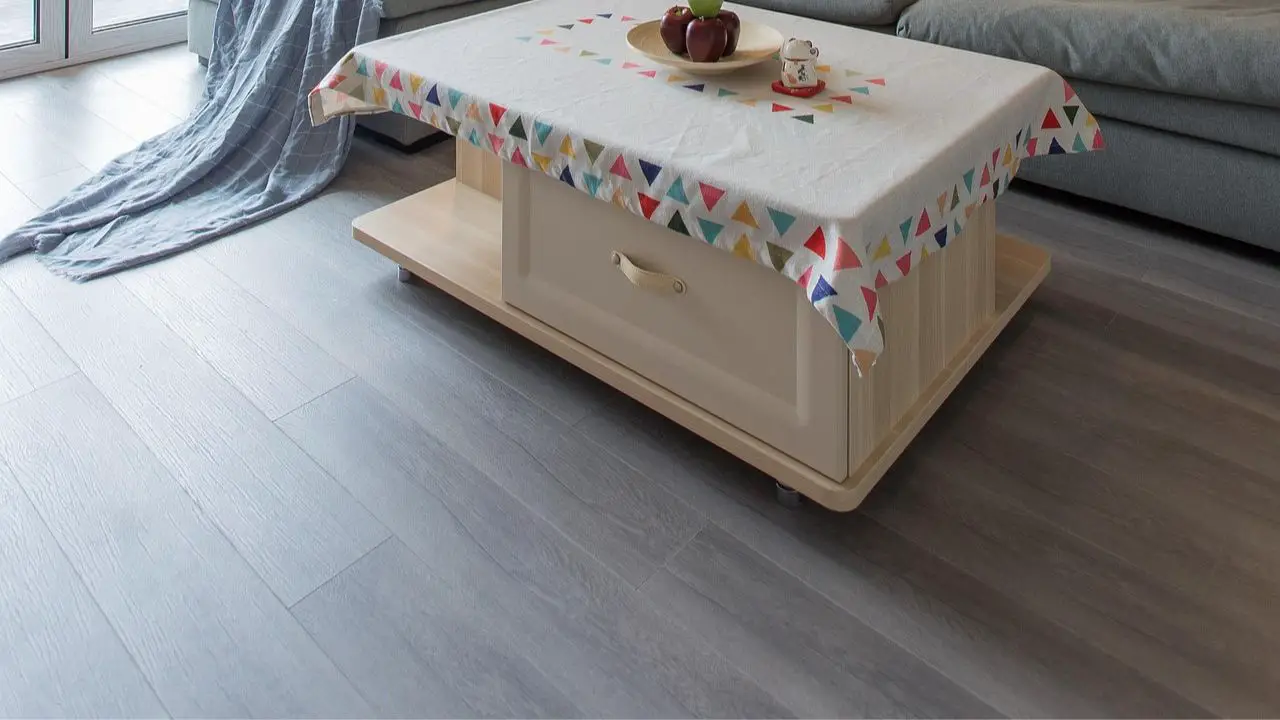Luxury Vinyl Plank (LVP) flooring is one of the most popular flooring choices for homes today—and for good reason. It’s durable, stylish, water-resistant, and budget-friendly. But just like any other surface in your home, it needs regular care to keep it looking fresh and clean. The good news? Cleaning LVP flooring is super simple if you know what to do (and what to avoid). Let’s walk through it step by step.
Why LVP Flooring Is So Easy to Maintain
One of the biggest advantages of LVP flooring is that it doesn’t need a lot of maintenance. It resists water, stains, scratches, and dents better than many other types of flooring. That makes it perfect for busy families, pet owners, or anyone who doesn’t want to spend hours scrubbing floors.
But remember: while LVP is tough, it’s not indestructible. Using the wrong cleaning methods or products can leave behind dull spots, streaks, or even cause damage over time. So let’s get into how to clean it the right way.
Daily and Weekly Cleaning Routine
You don’t need to clean your floors every single day, but doing a quick sweep or dry mop regularly will keep dirt and dust from building up.
Step 1: Sweep or Vacuum Daily
Dust, dirt, and small rocks can act like sandpaper. If left on the floor too long, they can cause tiny scratches that make your floor look dull.
- Use a soft broom or a vacuum designed for hard floors (not one with a rotating brush, which can scratch).
- Pay special attention to high-traffic areas like entryways, kitchens, and hallways.
Step 2: Dry Mop or Use a Dust Mop
A microfiber dust mop picks up fine dust that sweeping might miss. It’s gentle on the surface and great for daily touch-ups.
How to Deep Clean LVP Flooring
Even if you sweep daily, you’ll want to do a deeper clean once a week or so.
Step 3: Use the Right Cleaner
Always choose a cleaner made for vinyl floors. Avoid anything with bleach, ammonia, or harsh chemicals—they can strip the finish or leave a cloudy film.
You can buy LVP-specific cleaners at the store, or you can make a safe DIY cleaner:
DIY LVP Floor Cleaner Recipe:
- 1 gallon of warm water
- A few drops of mild dish soap (no bleach)
- Optional: A splash of white vinegar for extra shine
Step 4: Mop Gently (Not Soaking Wet)
Use a damp mop—not a soaking wet one. Too much water can get into the seams and cause problems over time, even though LVP is water-resistant.
- Wring out the mop until it’s just damp.
- Mop in small sections and dry immediately with a towel or microfiber cloth.
What Not to Do (Common Mistakes)
Even though LVP is tough, many people accidentally damage it by using the wrong tools or cleaners. Here’s what to avoid:
- No Steam Mops: The heat and moisture from steam can damage the floor over time.
- No Abrasive Scrubbers: Avoid steel wool, rough brushes, or anything that might scratch the surface.
- No Wax or Polish: LVP has a built-in protective layer, and adding wax can actually make it look worse.
- No Ammonia or Bleach: These harsh chemicals can break down the top layer and cause discoloration.
Spot Cleaning Spills and Stains
Life happens—drinks spill, pets have accidents, kids drop food. Luckily, LVP handles spills like a champ if you act fast.
- For liquids: Wipe up spills right away with a dry or slightly damp cloth.
- For sticky stuff: Use warm water and a gentle cleaner.
- For tough stains: Try rubbing alcohol or a baking soda paste (baking soda + a bit of water) and gently scrub with a soft cloth.
Extra Tips to Keep Your LVP Floors Looking New
Here are a few bonus tips to keep your floors in great shape for years to come:
- Use floor mats at entrances to catch dirt before it gets inside.
- Put felt pads under furniture legs to avoid scratching.
- Trim pet nails to prevent scuffs from running or playing.
- Don’t drag furniture across the floor—lift it instead.
Final Thoughts
LVP flooring is designed to be easy—and that includes cleaning. With just a little routine care, you can keep your floors looking shiny and new for years. The key is to clean regularly, use the right products, and avoid common mistakes. Whether you’re a busy parent, a pet owner, or someone who just wants low-maintenance floors, LVP is a solid choice that won’t let you down.
FAQs
1. Can I use a steam mop on LVP floors?
No, steam can damage the vinyl and cause warping over time. Stick to a damp mop.
2. How often should I mop my LVP floor?
Once a week for regular homes, or more often in high-traffic areas.
3. What’s the best cleaner for LVP flooring?
A vinyl floor cleaner or a mix of warm water and mild dish soap. Avoid bleach or ammonia.
4. Can I use vinegar on LVP floors?
Yes, but only a small amount mixed with water. Too much can wear down the finish.
5. Do I need to wax LVP floors?
Nope! They come with a protective coating, and wax can actually make them look dull or sticky.

